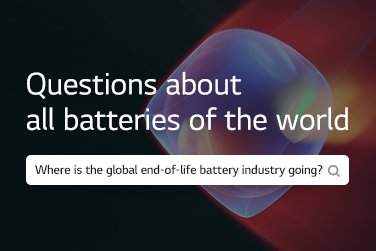Batteries get the feature in the third step of battery manufacturing, “formation,” as they need electrical properties to operate.
Let’s learn about formation, a process for giving batteries the ability needed for playing their supposed role.

Charging and Discharging
To give electrical properties to batteries in the manufacturing process, charging and discharging them is necessary.
During the initial charge, a thin layer called SEI, or Solid Electrolyte Interphase, is formed between the anode and electrolyte. The solid layer on the surface of the anode is the result of lithium ions’ transfer to the anode through electrolyte as well as decomposition of the matters that were in the electrolyte.
SEI contributes to preventing further decomposition of electrolyte. It also acts like a separator, stopping movement of electrons while allowing transportation of only lithium ions. Indeed, SEI is an important factor in extending and improving battery life and performance.
Aging
The charged and discharged batteries need some aging time to be stabilized. The key of aging is to let electrolyte permeate evenly well into the cathode and anode.
Batteries are left at room temperature for about 30 minutes to 3 hours so that the injected electrolyte can soak into the batteries evenly and lithium ions can travel between the cathode and anode smoothly.
Degassing *Applied only for pouch batteries
Charging, discharging, and aging may create gas in the battery, as in the assembly process. Again, degassing process is necessary to remove gas.
LG Energy Solution operates this process efficiently, employing its own “stand-up” degassing method that helps minimize electrolyte leaks during degassing and shorten the length of necessary equipment.
Quality Control
Then, after a few more aging and charging, the batteries are tested for their capacities and quality. Substandard batteries are separated. The batteries are discharged to 0.1 – 1 C (C-rate) before they are finally released.
The formation process may differ by manufacturers. Next time, we will move onto the last part of battery manufacturing, “pack process.”





